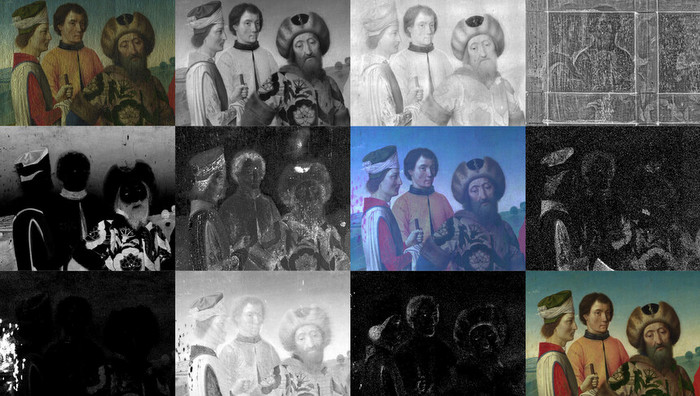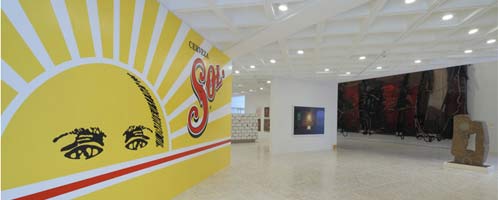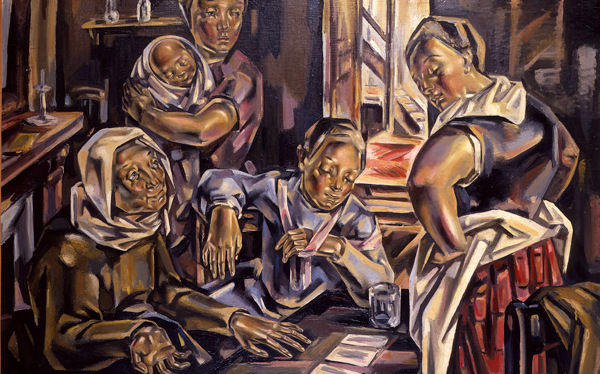Back in 2000, art historian Olivier Debroise carried out the exhibition Tamayo en el torbellino de la modernidad, while he established a critical perspective on the subjacent intentions related to the construction of Tamayo Museum. In parallel to the life of this Mexican artist, this institution features a precedent linked to the controversies between the nationalist muralism –under the slogan written by David Alfaro Siqueiros in 1944: “There is no other route but ours”– and the internationalist view defended by Rufino Tamayo.
Tamayo Museum would be a platform to visualize international contemporary art on Mexican soil, subsidized by the private initiative. Although it was temporarily distant from the hegemonic years of the Mexican School, such venture would find its mission as a result of modernity’s disputes among figuration, realism and abstraction, muralism, easel painting and the universal aspiration of art.
Hay mas rutas que la nuestra (There are more routes aside from ours) –curated by Willy Kautz–, will be open through August 18th, and has been conceived as field of aesthetic tensions between the collections of Rufino Tamayo Museum of Pre-Hispanic Art, in Oaxaca, and Museo Tamayo contemporary art showcased by this museum of international art.
Just like the artistic struggles that brought about Tamayo Museum, the show includes pre-Hispanic, modern and contemporary artworks, created by national and foreign artists, in order to contrast the ways to assimilate the autonomous with the international canons of mainstream, whether these are modern or recent. To do so, the exhibited works and documents recall the Mexican School’s “realism”, as they compare the nationalist rhetoric with abstract languages of international art and contemporary strategies of symbolic appropriation and critic of modernity’s idealism.
The selection of works targets pictorial qualities, the ambivalence between abstraction and pre-Columbian figuration, craft techniques, as well as rural, popular and media sceneries and urban labels.
On the other hand, the presentation of the large-format tapestry, Henequen rojo y negro, by Josep Grau-Garriga (1981), along with Mural Sol, by Gabriel Orozco (2000), and Muro Baleado by Teresa Margolles (2009), incite to review other narratives after the cosmologic and universal modernity of Tamayo’s contemporaries.
All in all, the relations among these artworks open –beyond the historiography– others routes, positions and aesthetic models that are compared while shown, from international languages of art, and complex “social realities.”
This selection puts together modern paintings and the new contemporary acquisitions of Tamayo Museum. The approaches that put on the table the similarities and differences among these artworks bring about the question of how can museums, their collections and art in general establish aesthetic models to negotiate with the reality.
The emphasis on texture aspects and symbols, along with appropriated objects –and the apparent contradiction between the realistic picture of Bill Brandt next to the Manifest of the “unique route” of Siqueiros– reveals contrasts between the aesthetic experience of artworks and the external “reality” they frame.
The showcase sheds light on the strength struggle between the museum’s internal and external reality.
The artists participating in this show are: Eduardo Abaroa , Francis Alÿs, Carlos Amorales, Bill Brandt , Victor Brauner , John Chamberlain , Jimmy Ernst, Marx Ernst , Günther Gerzso, Mathias Goeritz , Josep Grau Garriga, Josep Guinovart , Juan Guzman, Teresa Margolles, Carlos Merida , Joan Miro, Jonathan Monk, Louise Nevelson , Isamu Noguchi , Gabriel Orozco , Vicente Rojo, Wojciech Sadley, Rufino Tamayo , Wolfgang Tillmans, Francisco Toledo, Joaquin Torres Garcia.
Source: Tamayo Museum
Related Publications
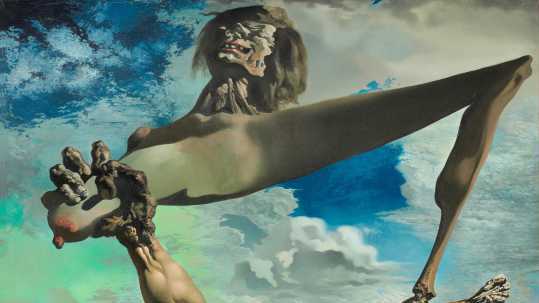
IMAGINE! 100 Years of International Surrealism
April 19, 2024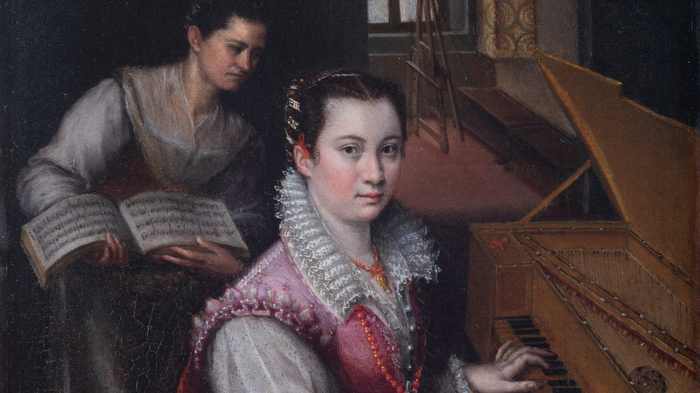
Kunstmuseum Basel. Ingenious Women
April 18, 2024